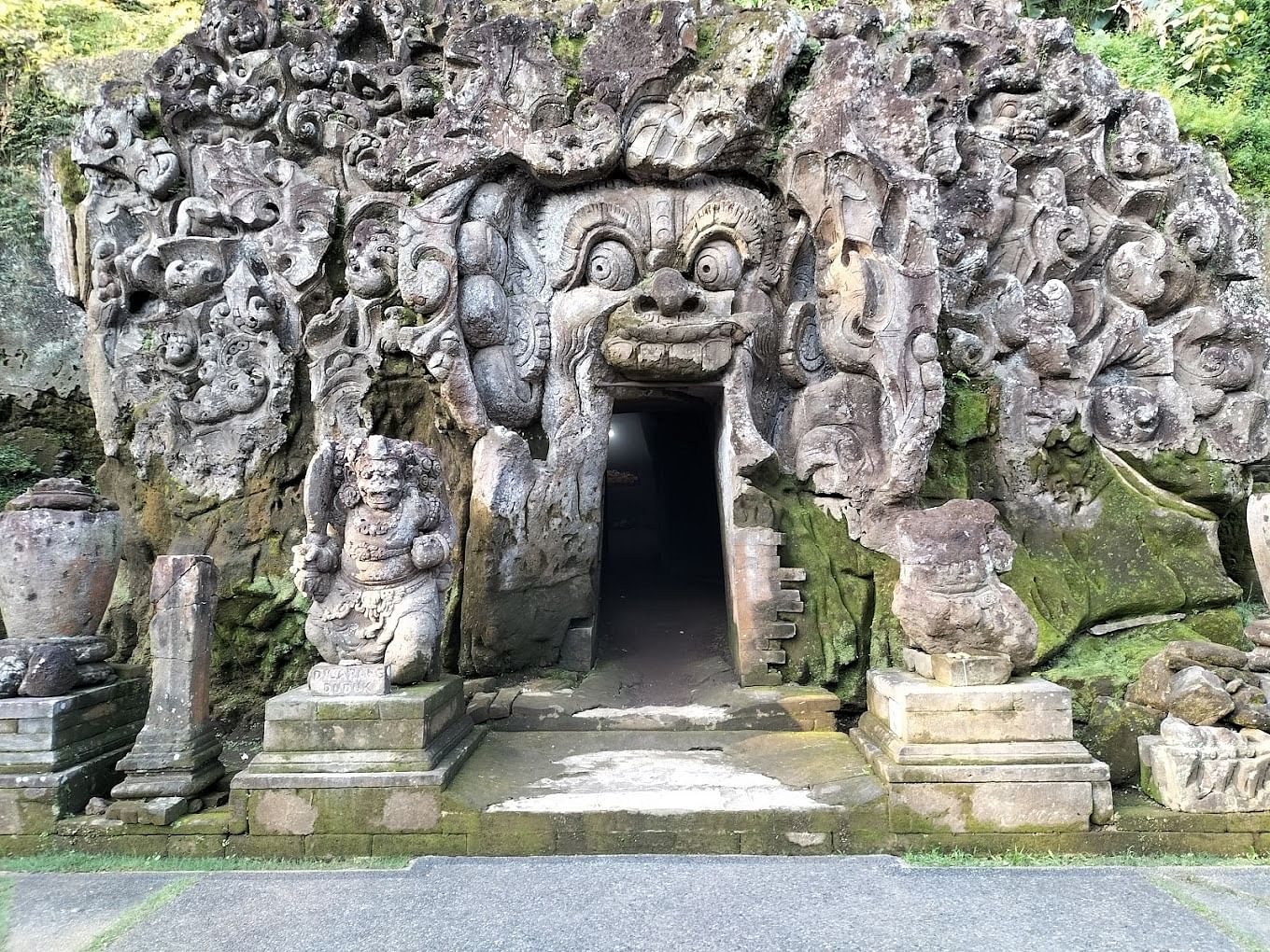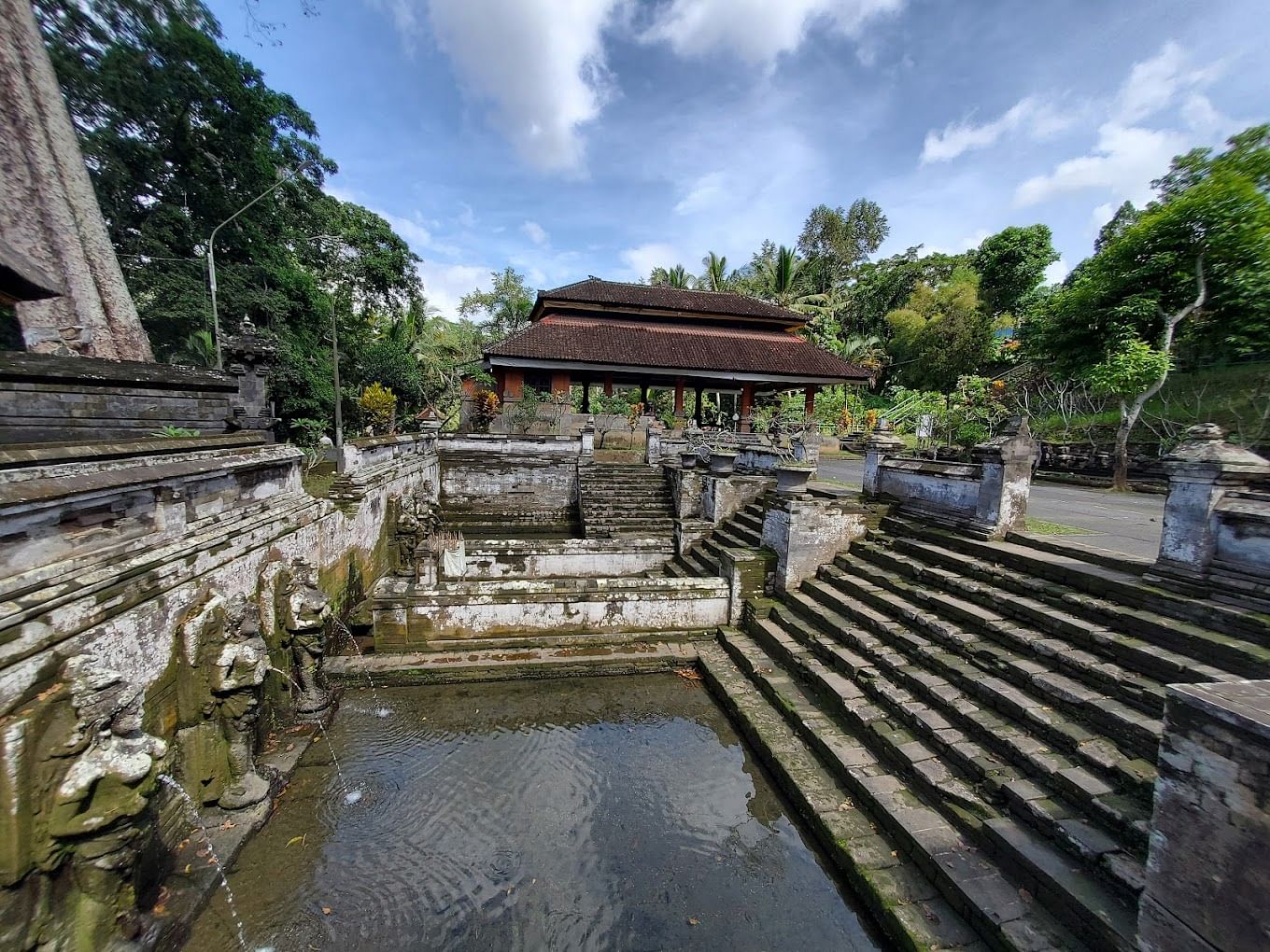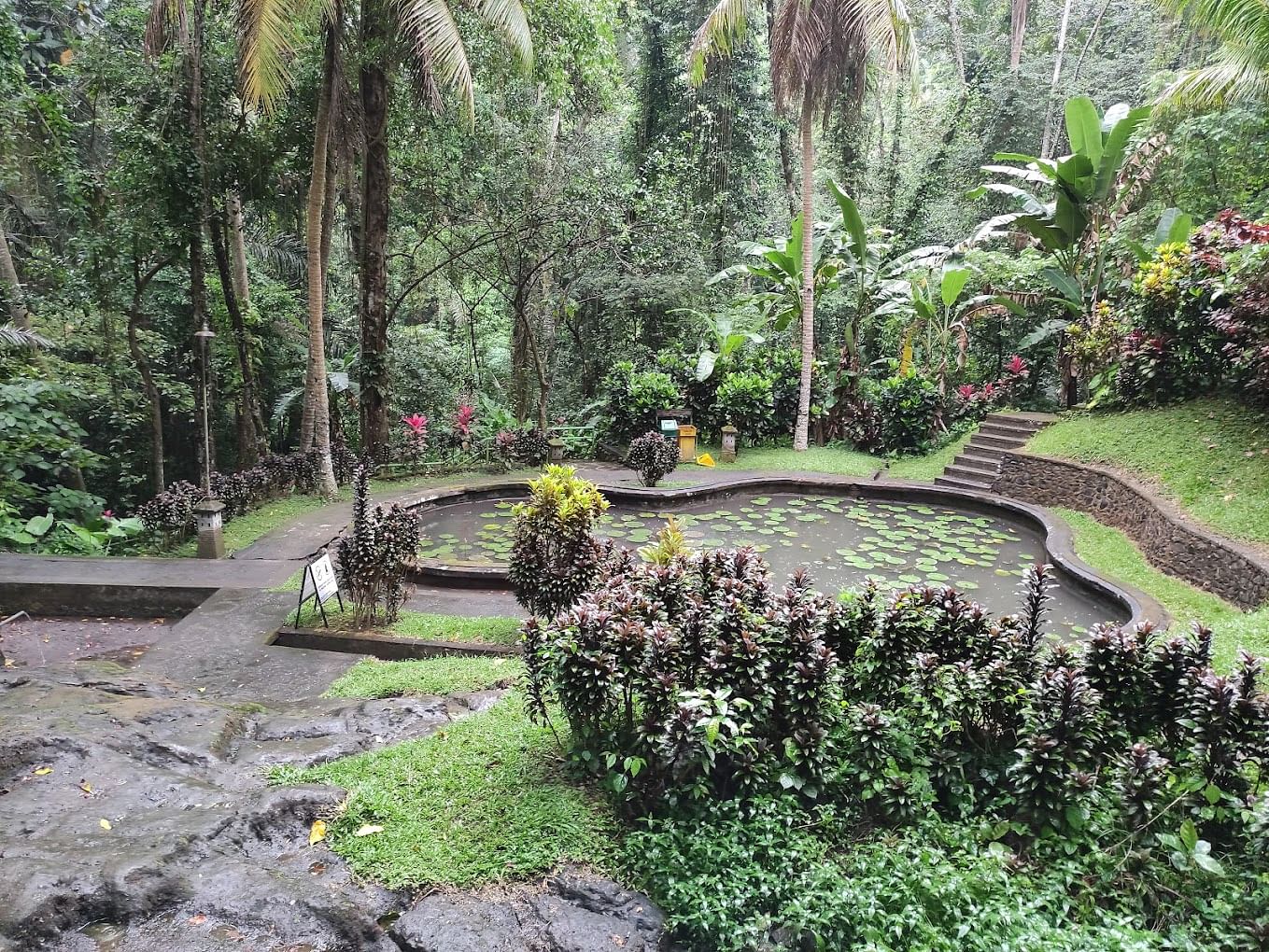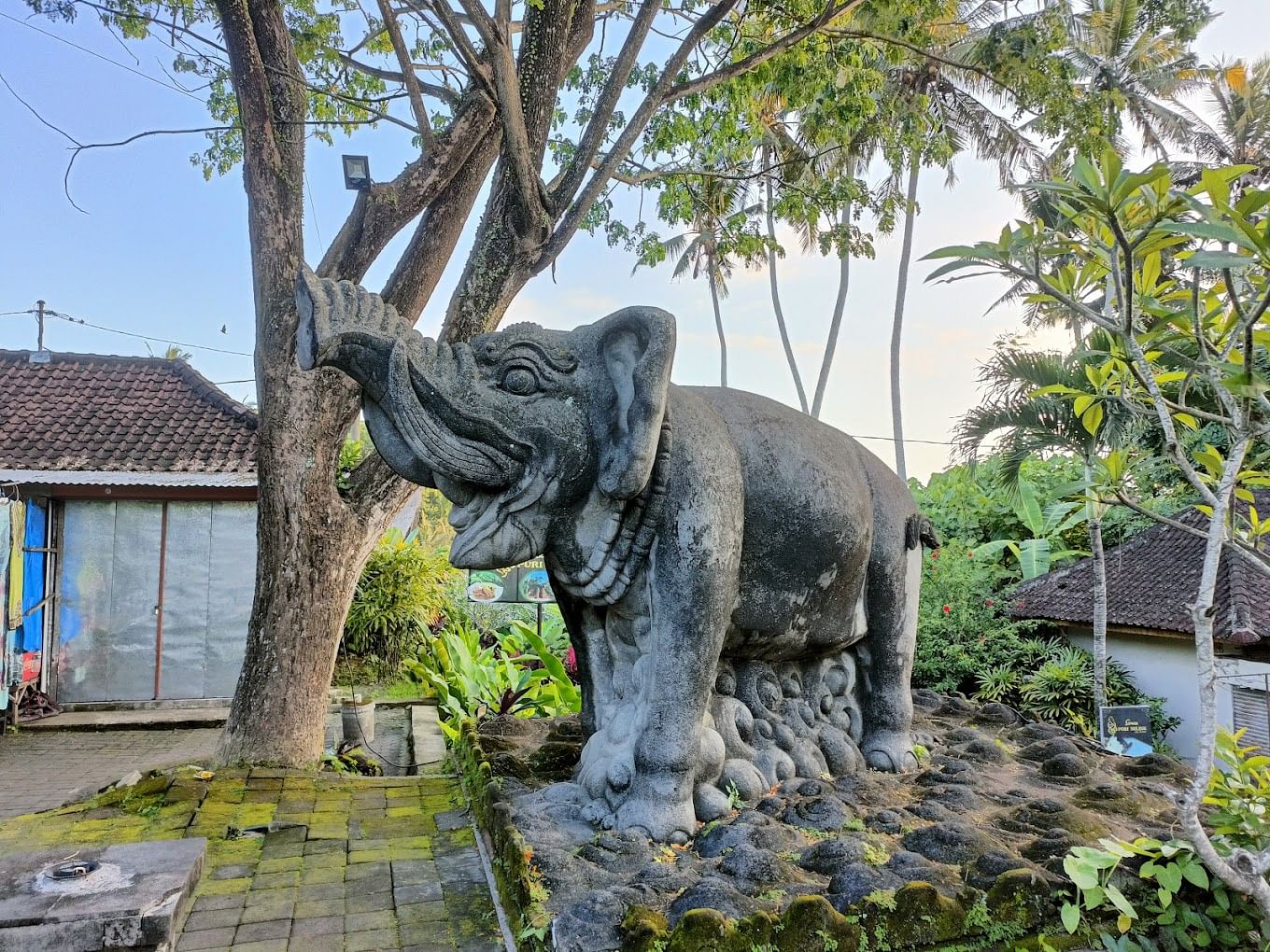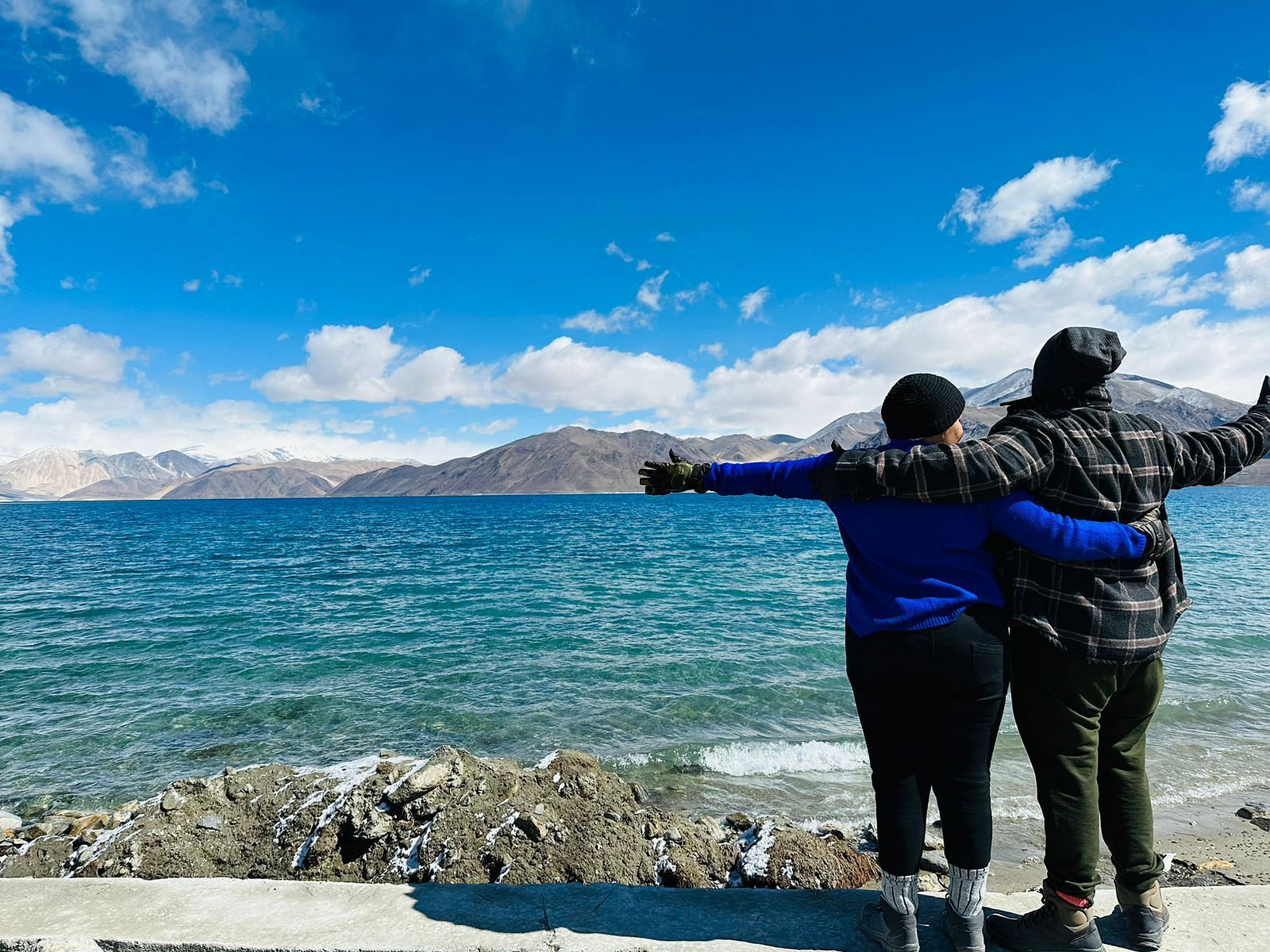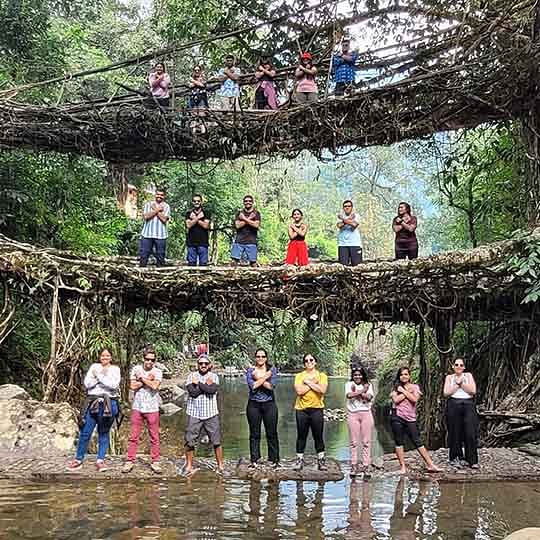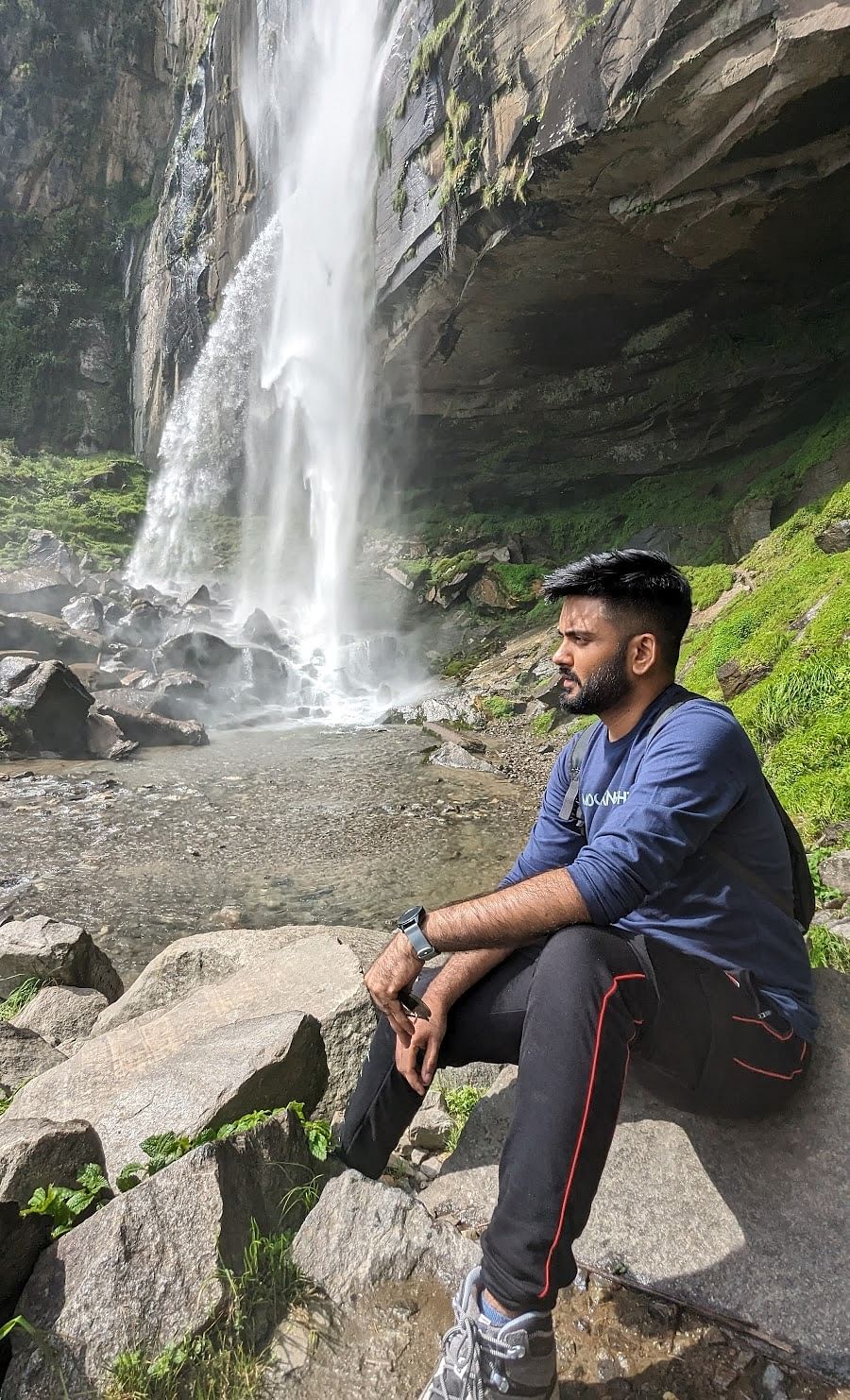Goa Gajah temple is located just 10 minutes outside of Ubud in Bali and is a significant Hindu archaeological site. It is also known as the Elephant Cave because of its close proximity to the Elephant River. It is a mysterious cave, relics, and an ancient bathing pool set amid the green rice paddies that are nearby Ubud. When you visit this significant site, it welcomes you with a demonic-like mouth that suggests people are entering an underworld as they venture inside through the darkness.
Many people also claim that the entrance demonstrates the Hindu earth god Bhoma while others say that the mouth belongs to the child-eating witch Rangda from Balinese mythology.
So, if you are ready to explore the hidden gems of the island, get your Bali Tour planned and get the best out of it.
Goa Gajah Temple in Bali: History
This temple dates back to the 11th century. The first time people heard about the Goa Gajah temple or the Elephant Cave was in the Javanese poem Desawarnana which was written in 1365. Goa Gajah in Bali holds significance for both Hindus and Buddhists, it shows the best combination of the two cultures. However, the site also underwent many renovations in the 1950s, revealing more of its historic beauty and importance.
It also includes a cave with rock-wall carvings, a bathing pool, and various ancient structures depicting scenes from Hindu mythology and ancient Balinese rituals.
Suggested read: Discover Mount Batur
Goa Gaja Temple in Bali: What is Inside?
It is a very popular tourist attraction and one of the best places to visit in Bali. But, it is actually small and as you enter the narrow, dark passage, the cave ends abruptly in an intersection. Then, the left passage has a statue of Ganesh, the Hindu god, and the right passage has this small worship area with several stone lingam and yoni in honor of Shiva. Also, the Goa Gajah is surrounded by many temples in Bali.
Things To Remember: Goa Gajah Temple in Bali
Here are some things that you need to remember while visiting the Goa Gajah temple in Bali. Also, here are some of the Bali travel tips that you need to imbibe. - The Goa Gajah temple is open seven days a week from 8 Am to 4:30 P.m.
- The entry fee for the Goa Gajah temple is around 15,000 rupiah for travelers who want to visit.
- You need to come in a proper dress, as the knees must be covered by both men and women inside. You can also take sarongs on loan at the entrance of the site.
- You can visit the Goa Gajah temple in Bali as it is an active worship site, but you are not allowed to do photography during their prostrations.
- You need to be prepared to be plunged into the darkness as you enter the cave, also there is no kind of artificial lighting.
How To Reach The Goa Gajah Temple?
The Goa Gajah temple is located just 10 minutes southeast of Ubud in Central Bali, Indonesia. You can easily rent the motorbikes in Ubud for $5 a day and have the whole freedom to roam around and explore more of the things. Also, get driving south of Ubud past the monkey sanctuary towards Bedulu, then turn east onto Jalan Raya Goa Gajah temple.
There is one trivial fee charged for parking at the temple.
The Best Time To Visit Goa Gajah Temple in Bali
You can visit the Goa Gajah temple at any time of the year, as it is open daily from 8 Am to 5 P.m. So, you can easily take a tour of Bali whenever you want and visit this Hindu archaeological site that many people come for exploring. Since the cave is typically visited in conjunction with other outdoor activities, it is a good plan for visiting Bali in the dry season, which falls between April and October.
Also, there is a big festival that happens in the Goa Gajah temple – “Anggara Kasih Prangbakat” on Tuesday on the Balinese 210-day Pawukon calendar.
Suggested read: Rafting in Bali
The Goa Gajah temple is one remarkable site in Bali and people come especially to see the significance of the place. So, if you are planning to visit Bali, do not miss out on this one as it is one divine beauty that should be explored. Pack your bags and get ready to have a big time fun-filled trip to Bali while also getting to know the Hindu archaeology and its importance in Balinese culture.




